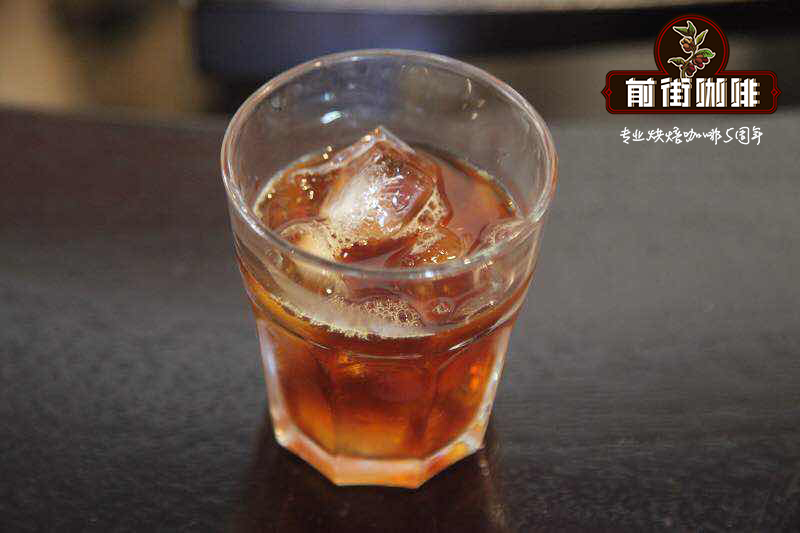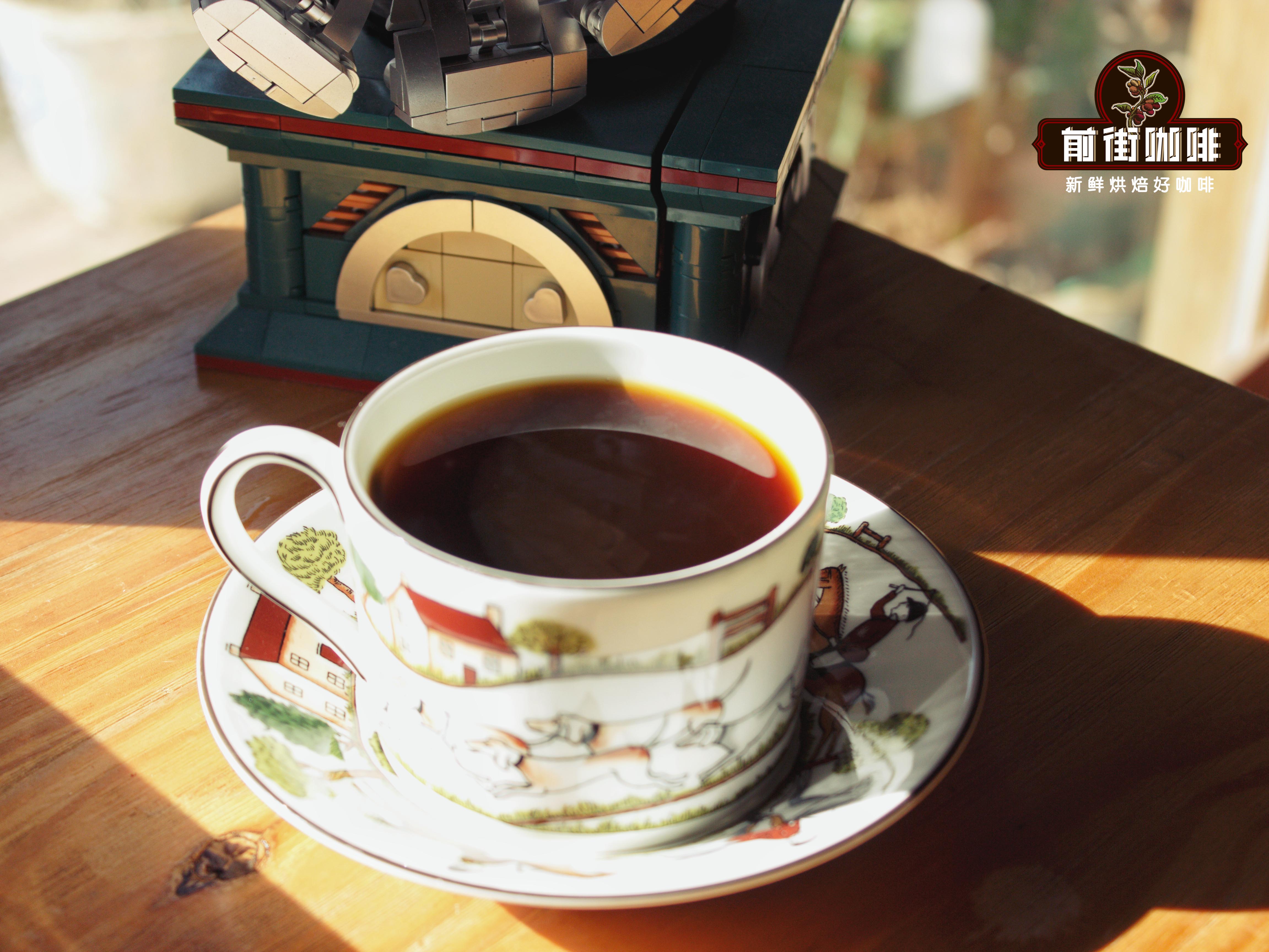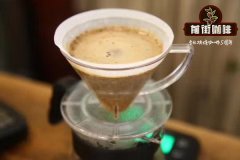Analysis on Gold Manning and Wet planing treatment of Indonesian Fine Coffee beans

Professional coffee knowledge exchange more coffee bean information please follow the coffee workshop (Wechat official account cafe_style)
For those who like to drink coffee, they have heard of Manning for a long time, especially the well-known gold manning. When it comes to golden manning, they immediately think of Sumatra, because those who love it all know that Sumatra has the best aroma of gold manning.
But in fact, there is no specific variety of Mantenin coffee we drink, because there is no such variety, but Mantenin has a great reputation and has gradually become synonymous with the regional characteristics of Indonesian coffee. For exporters, you can get a good price by simply labeling mixed coffee as Manning. Why not?
After collecting the coffee cherries in the morning, in the afternoon, the coffee cherries will be peeled and pulped into wet beans with shells, which is what we call parchment coffee, and then put the shells into the sink to remove the floating defective beans.
Sumatra has a superior natural environment, and most of the water used will be mountain spring water.
The next step is to take out the dense beans and put them into a barrel for dry body fermentation, so that the pectose can be fully fermented to increase the flavor, usually between 12 and 36 hours, depending on the specific situation.
After exposure to the sun for 1-2 days, when the moisture is dried to 35-40%, the coffee beans are collected in woven bags, usually 40 kg and 80 kg each, and sent to the coffee processing plant for shelling.
The shelling process is to grind off the bean shell with a shell planer and then dry it until the moisture content reaches about 12% to 15%. The coffee beans are then sent for machine selection to remove a variety of impurities and then sorted by particle size.
The coffee after machine selection will be sent to the hand-selected warehouse for hand-selection, and the workers will pick out the defective beans one by one. It will be packed in gunny bags only after two or three hand selections.
Of course, accidents can happen.
In the shell planing process, the coffee bean temperature will rise to 30-60 degrees, and completely destroy the parchment, which is likely to trigger the bean sprouting.
Wet planing will also occur because the peel is removed in the production process, and the beans come into direct contact with the air, so defective beans such as mildew beans are much higher than water washing and sun drying.
This is the unique way of handling Sumatran Mantenin flavor.
In addition, the peel and pulp that have been removed can also be fermented into fertilizer, which can be added when applying for an organic coffee plantation if the plantation uses such ecological fertilizer.
End
Important Notice :
前街咖啡 FrontStreet Coffee has moved to new addredd:
FrontStreet Coffee Address: 315,Donghua East Road,GuangZhou
Tel:020 38364473
- Prev

What's the flavor of Manning coffee? Characteristics of Mandenin Coffee in Sumatra, Indonesia
For more information on coffee beans, please follow the coffee workshop (Wechat official account cafe_style). Before Blue Mountain Coffee, Manning Coffee was once considered to be the best coffee in the world. The flavor is very special, with a special aroma like caramel, but because it is raw
- Next

The Story of Sumatran Coffee beans the origin of Manning Coffee
Professional coffee knowledge exchange more coffee bean information please follow the coffee workshop (Wechat official account cafe_style) Indonesia is the world's largest archipelago country, as early as the 18th century Dutch rule introduced Arabica coffee cultivation, the production of Mantenin people call "the world's most important coffee", is the world's fourth largest producer annual output of 7 million bags, of which Arabica only accounts for
Related
- Detailed explanation of Jadeite planting Land in Panamanian Jadeite Manor introduction to the grading system of Jadeite competitive bidding, Red bid, Green bid and Rose Summer
- Story of Coffee planting in Brenka region of Costa Rica Stonehenge Manor anaerobic heavy honey treatment of flavor mouth
- What's on the barrel of Blue Mountain Coffee beans?
- Can American coffee also pull flowers? How to use hot American style to pull out a good-looking pattern?
- Can you make a cold extract with coffee beans? What is the right proportion for cold-extracted coffee formula?
- Indonesian PWN Gold Mandrine Coffee Origin Features Flavor How to Chong? Mandolin coffee is American.
- A brief introduction to the flavor characteristics of Brazilian yellow bourbon coffee beans
- What is the effect of different water quality on the flavor of cold-extracted coffee? What kind of water is best for brewing coffee?
- Why do you think of Rose Summer whenever you mention Panamanian coffee?
- Introduction to the characteristics of authentic blue mountain coffee bean producing areas? What is the CIB Coffee Authority in Jamaica?

